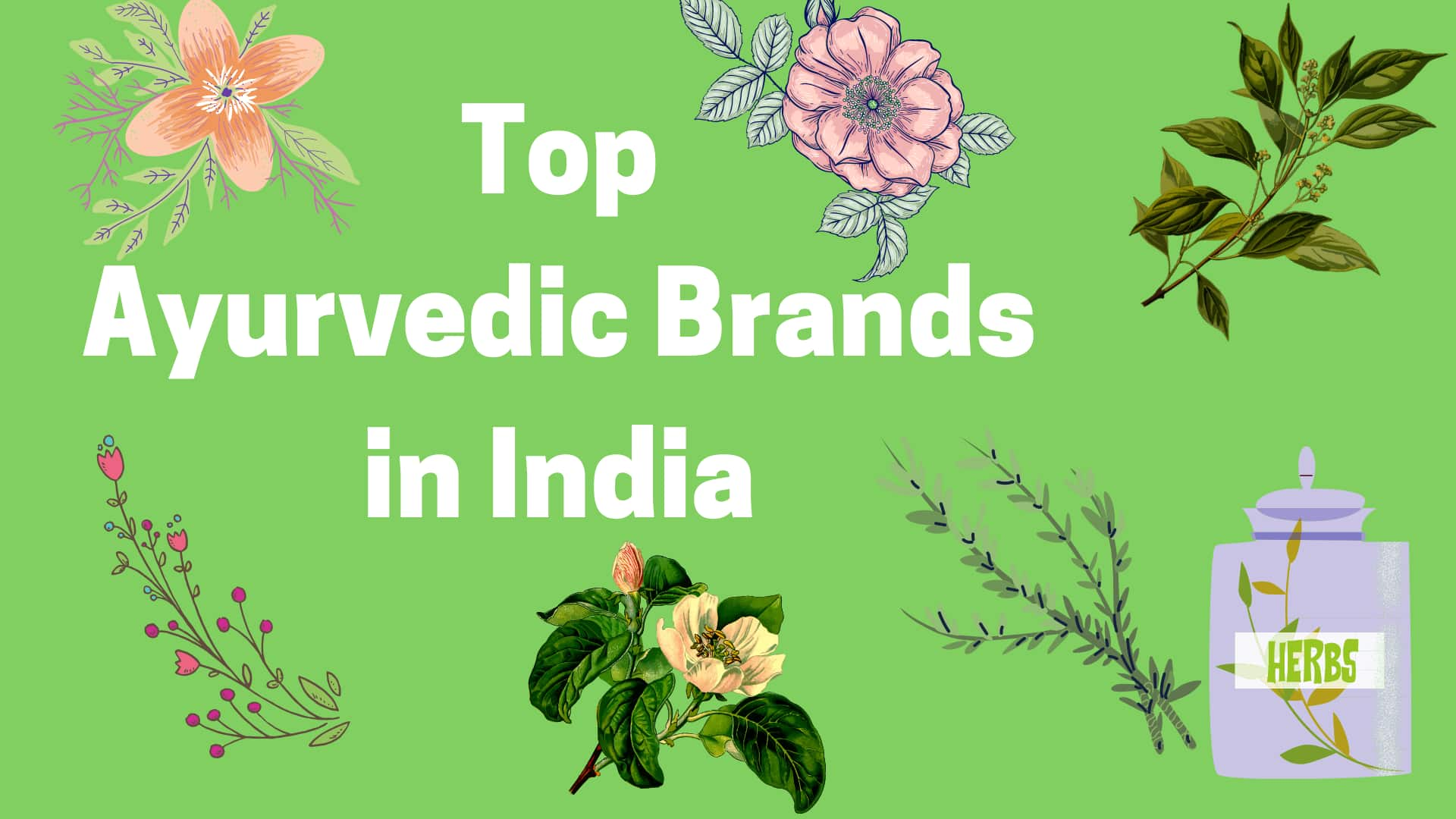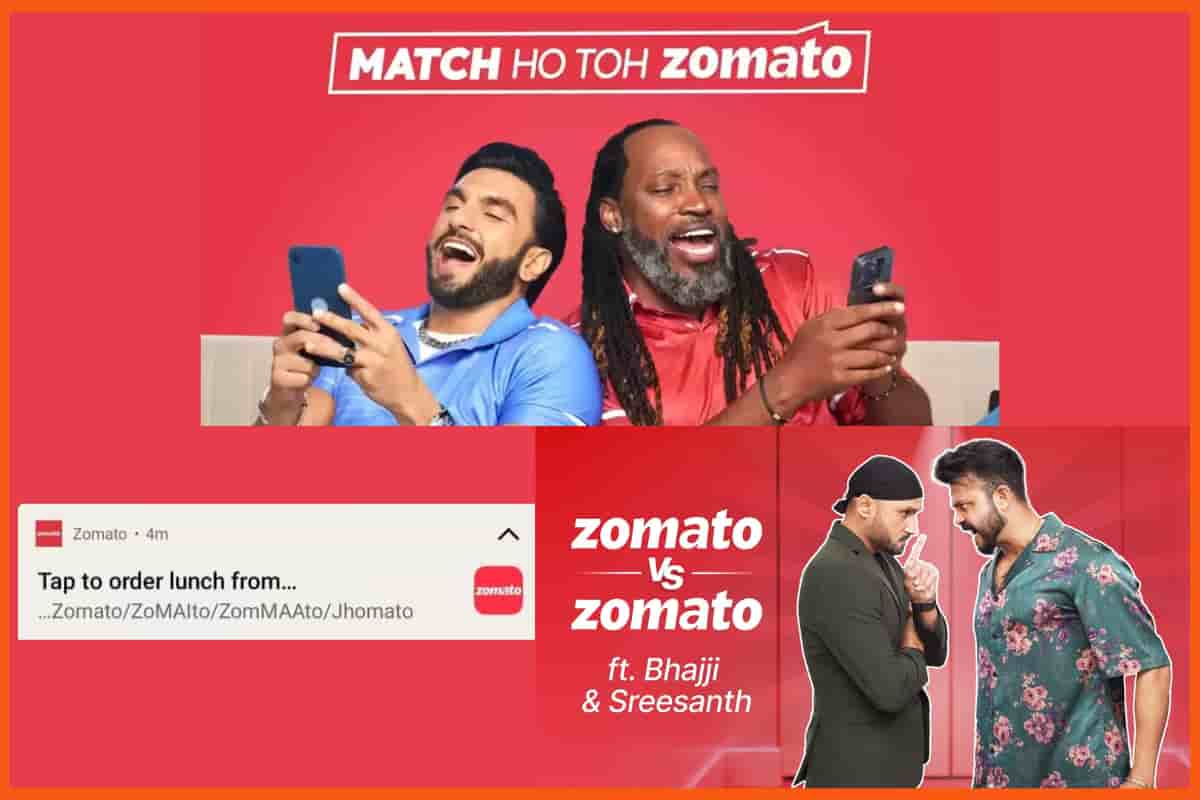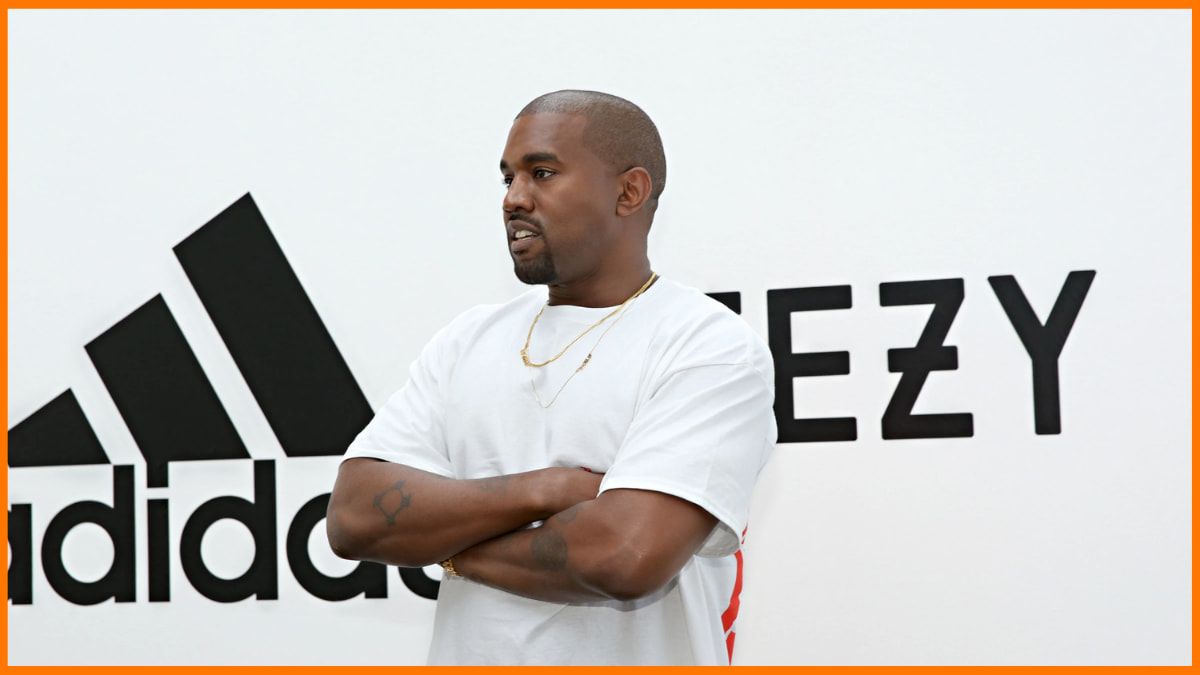Haldiram has established itself in the form of one of the largest food and snack manufacturing companies in India that has plenty of retail outlets as well. There are numerous food products that it offers, including, but not limited to namkeens, drinks, banana chips, halke fluke, papads, sweets, takatak, frozen frozen rice, frozen thali, curries, frozen paratha, frozen snacks and canned sweets.
Also, it has been in the business over the years and has developed a strong online presence, allowing customers to place orders online. The products arrive in the customs boxes and also the specialisised festive boxes. The website is a highly customisable and navigable one that allows customers to place bulk orders and also access quick delivery.
A Brief Introduction to Haldiram’s Marketing Strategy
Haldiram’s Target Audience
Haldiram’s Marketing Mix
Key Marketing Strategies that Boost Haldiram’s Sales
Traffic Details that it Derives from the Different Channels and Sources
Origin of SUGAR Cosmetics
Marketing Strategies of Haldiram’s that Make it Stand Out
Prominent Marketing Campaigns that Contributed to Haldiram’s Success
A Brief Introduction to Haldiram’s Marketing Strategy
Haldiram’s Product Strategy
The product strategy has become a part of the marketing mix for the company as the products are available in various sizes to satisfy the preferences and requirements of the customers. In addition to that, Haldiram pays huge attention to the attractive packaging of the products, utilising attractive colours to encourage buying among customers.
Also, the product packaging is done in boxes that have nitrogen for the increased shelf life of the products. That being said, Haldiram has proved itself as one of the top companies in the delivery of quality products, taking into consideration stringent quality checks and in-house support, especially by involving their own family members. Also, the quality and authenticity of the products are what have led to the tremendous success of the brand.
Popularity throughout the years
Haldiram’s has earned a reputation for its range of food products, including bhujia, sev, and various traditional sweets. Also, products are quality and flavourful, ensuring that they satisfy the needs of the customers. The product line that Haldiram’s has specialised in over the years has earned the loyalty of the consumers. In 2003, the company started the process of developing convenience foods that were marketed to customers.
In 2014, Haldiram earned the rank of 55 among India’s most trusted brands in 2017. The company also earned a reputation for being the country’s largest snack company. Today, Haldiram witnesses an annual turnover of INR 4000 crores and has established a good name for itself as one of the biggest snake makers in India.
Basic highlights
Haldiram founded its establishment in 1937 in the form of a retail sweets and namkeen shop that was based in Bikaner, Rajasthan. Ganga Bhishen Agarwal, popularly known as Haldiram’s Ji. had founded it. To drive expansion, the company started manufacturing in Kolkata. Haldiram’s focuses mainly on providing high-quality authentic products based in India.
Also, they pay much attention to food safety and hygiene regulations, ensuring meeting consumer preferences and requirements. Also in their business objective, they pay priority to customer satisfaction and contributing to the community. Barclays Hurun India Rich List 2024 has named Haldiram as India’s most valuable unlisted company, valued at INR 63,000 crores.

Haldiram’s Target Audience
35.07 % of the brand’s customers are between the 25 and 34 age group, in 69.99% of the total customers are male. According to similarweb.com, the top traffic source to Haldiram’s.com is Organic Search traffic, with 55.61% of desktop visits last month. Paid Search serves as the second source of traffic, with 22.64% of traffic.
According to the report by similarweb.com, for the last 3 months, the global ranking has increased from 128275 to 172943.
Here, we will break down further details about the target audience and top traffic sources:
- Direct traffic: 17.7%
- Referrals traffic: 2.7%
- Organic search traffic: 55.61%
- Paid search: 22.64%
- Social traffic: 1.04%
- Mail traffic: 0.03%
- Display traffic: 0.28%
Regarding social media traffic to Haldiram’s.com, it’s known that the site witnesses most of the social media traffic from YouTube, followed by Facebook and Linkedin (Desktop). Reddit has been showing new opportunities for the business.
Key Elements of the Company’s Marketing Mix
Product
Haldiram’s has earned much popularity across India for its plethora of sweets and snacks. The brand has a list of around one hundred authentic food items. An array of products is as follows:
- Namkeens including Sev, Mathri, Samosa, Gol Kachori, Murukku, Panchratan Mixture, Navratan Mixture, Lite Chiwda, Bhel, Chana Choor, Aloo Lachha, Dry Fruit Mix, and Salted Kaju.
- Indulgent sweets include Mango Bite, Gulab Jamun, Soan Papdi, Peanut Chikki, Rajbhog, Kaju Katli, and Badam Barfi.
- Drinks like Pineapple Squash, Orange Squash, and Rose Sharbat.
- Dairy products, including Rassagolla, Sandesh, and Chamcham.
- Kesar sticks kulfi and Ice creams.
- Assorted biscuits include Kaju Butter, Pista Badam, and Kaju Nankhatai.
- Pappad.
- Ready-to-eat products like Punjabi Choley, Pav Bhaji, and Dal Makhni.
As per the updated items in 2024, Haldiram’s product mix includes:
- Namkeens (Savory Snacks): Aloo Bhujia, Bhel Puri, Moong Dal, Chana Chur, Navratan Mix, Masala Chana
- Snack Mixes: Khatta Meetha Mix, Bombay Mix, Diet Chivda, Pudina Sev, Kashmiri Mixture
- Sweets: Soan Papdi, Kaju Katli, Rasgulla, Gulab Jamun,Rajbhog, Peda, Jalebi
- Ready-to-Eat Products: Ready-to-Eat Curries, Parathas, Biryani, Paneer Dishes, Samosas, Spring Rolls
- Beverages: Fruit Juices, Soft Drinks
- Bakery Items: Biscuits, Cookies, Soan Cake
- Frozen Foods: Frozen Snacks, Frozen Desserts
Price
Regarding the pricing strategy, what is known is that Haldiram pays priority to the value-based pricing. Haldiram’s is focused more on providing the customers with the pricing of the products based on the perceived value that they provide in terms of quality, taste and brand reputation.
Place
Haldiram’s has established itself in the form of a renowned brand known for its quality and flavour and has expanded its presence that include other nations like Thailand, New Zealand, Japan, Australia, Canada, UAE, the UK and Sri Lanka.
Also, within India, it has been operating in several locations with plenty of retail outlets, making the products easily accessible. Food stores, confectionery shops, convenience stores, bakeries, local markets, discount stores, hypermarkets, and supermarkets have been selling Haldiram’s products.
The initial manufacturing facility was based in Kolkata, but there are now manufacturing facilities based in Bikaner, Nagpur and New Delhi. Also, Haldiram has been boasting some of the best manufacturing facilities and outlets in the cities, including Kolkata, New Delhi, Mumbai, Nagpur, and Bengaluru. In addition to its physical locations, it has also continued with a good online presence through the official website and partnerships with various e-commerce platforms.
Promotion
Haldiram has witnessed plenty of competition and thus has made some of good changes in its promotional policy. It has adopted the profile advertising strategy and has also designed several mailers. The company has been offering brochures and attractive posters for the enhancement of brand visibility.
In addition to that, the company has also been relying on the print media and advertisements of the entire product range with the help of magazines and newspapers. Also, it relies on billboards in the high traffic areas, including the railways and bus stations, while also displaying on the vehicles, including buses and trucks. The survey in 2014 found that Haldiram’s has earned the rank of 55 in terms of trust amongst customers.
The company has also been very particular about the presentation and packaging for maintenance of the product’s taste, flavour, and freshness for extended periods. Haldiram’s has also been we are involved in making deals for the promotion of the products. In August 2014 it had started catering to the operations for Paschim Express of Indian Railways that was running between Mumbai and Amritsar station.
The promotional strategy of Haldiram’s is focused on the following:
- Festivities and seasonal campaigns: Haldiram’s has been running targeted marketing, especially during special occasions and festivals, so that they can pay priority to cultural relevance for boosting sales.
- Product sampling and in-store promotions: Haldiram’s has been focused on sampling events and in-store promotions for the encouragement of trial and purchase while also enhancing customer engagement and loyalty.
- Digital marketing and social media: These are the two sources that drive company engagement, and so Haldiram’s has been utilising both social media and digital advertising for the creation of brand awareness and showcasing their product offerings.
Key Marketing Strategies that Boost Haldiram’s Sales
Similar to many other successful businesses based in India and the world, Haldiram has also been quite focused in terms of marketing strategies. They are as follows:
- A deeper understanding of consumer preferences: Haldiram’s has always prioritised understanding the diverse Indian requirements, and so it has come up with the region-specific snacks. Some of them include ‘Bhujia’ in North India and ‘Murukku’ in South India. So, in this way, they can especially cater to the needs of the local preferences.
- Adaptation to the markets: There has been a growing health consciousness among consumers, and in this regard, Haldiram’s has expanded the product line to include the healthiest snack options, including diet mixes and baked goods, helping them venturing into a new customer segment.
- Consistency in terms of innovation and quality: Haldiram has faced the challenge of maintaining quality at scale, and so it has invested in automated production lines to ensure consistent quality while also enabling the introduction of a variety of new products.
- Marketing and brand positioning: Haldiram has strengthened its online presence with the utilisation of social media platforms for engagement with the younger audience. Also, they pay attention to using storytelling to showcase the rich heritage and commitment to quality. Haldiram’s has also been differentiating itself from both domestic and international competitors.
- Brand trust and loyalty: Haldiram’s has paid attention to the commitment to the traditional recipe and also high-quality ingredients usage in the products. And that has served as one of the core points in the marketing campaigns that have built consumer trust and loyalty.

Traffic Details that it Derives from the Different Channels and Sources
Multi-Channel Marketing
Haldiram’s is dependent on an omnichannel marketing strategy for engaging its customers and driving sales.
Online Presence
The brand has a navigable and user-friendly official website, ensuring a positive online shopping experience. Virtual assistant bot resolves customer queries. The website is SEO-optimised, and as per the past reports in October 2023, the brand attracted 313.3K visitors. The average duration was 03:49 minutes.
What promotes the brand is the usage of strategic keywords, leading to organic search traffic of 64.52%.
The brand is also quite active on social media, especially Facebook and Instagram, ensuring the development of an active and engaging presence by sharing captivating content. Branded hashtags that the brand uses also ensure the generation of buzz and engagement. In addition, the brand posts UGC content as well as influencer collaborations that guarantee increased visibility.
Offline Presence
Haldiram’s boasts over 250 outlets and specialises in plenty of physical stores, standalone and within malls. The outlets are around the nation including in locations like Pune, Nagpur, Kolkata, Mumbai, Delhi, and Noida. The brand pays attention to boosting the overall customer experience through well-thought-out displays and layouts. Also, the brand relies on supermarkets, grocery chains, and other retail outlets, ensuring that the products are accessible to a wider audience.
Marketing Strategies of Haldiram’s that Make it Stand Out
SEO Strategy
Strategic content creation and targeted campaigns have been the reason Haldiram has earned much success in building a strong digital community. With these strategies, it has been able to develop brand messaging and drive brand loyalty. Search engine optimisation and online advertising that Haldiram relies on help with the expansion of its reach and visibility.
Social Media Strategy
Marketing and Brand Positioning are also highly beneficial for Haldiram in the manner that it uses these elements as a way to strengthen its online presence. Also, the brand is dependent on the use of social media platforms for engaging, especially with younger audiences. Storytelling that they rely on also ensures showcasing their rich heritage and commitment to quality. Also, it has served as an approach making them quite distinct from the domestic and international competitors.
Paid Advertising Campaigns
Haldiram’s has launched its new campaign asking not to wait for happy moments for the consumption of mithai. Also, it is highly recommended that consumers indulge in sweets so that they can rather transform the activity into something that creates moments.
Visual Advertising
The ads that Haldiram’s creates to engage the consumers present the business’s role in making every occasion memorable and delightful. Thus, over the years, the business has specialised in a range of sweets and namkeens and has come up with some innovative advertising campaigns, including the “Dhina Dhin Dha”. These advertisements are known for targeting the emotion that people experience when they’re trying out the delights.
Email Marketing
Haldiram’s has been quite focused on online delivery, and the option is highly appreciated by consumers. They have delivery facilities online for Haldiram’s sweets. The company makes use of social media platforms and email marketing, in addition to online advertising, for engagement with consumers and the promotion of products. Also, they have been adopting the omnichannel marketing strategy for reaching and engaging with the customers and driving sales.
TV Advertising
The TV advertising campaigns of Haldiram’s are impressive and always focus on the point that the consumption of sweets shouldn’t be limited to only celebrations and occasions. Rather, eat those sweets even when you are just choosing to stay happy. They have come up with plenty of campaigns run across the different multiple platforms, including hoardings, print, television and digital media. Also, the Indian snacking brand has come up with a television commercial, “Dhina Dhin Dha,” for the celebration of joy.
Prominent Marketing Campaigns that Contributed to Haldiram’s Success
Haldiram’s Pack Kiya Kya

Varun Dhawan and Jahanvi Kapoor promoted their film Bawaal and talked about different Haldiram’s products and how the brand has been focused on delivering taste and convenience. Collaborating with Bollywood stars has made it an effortless task for the business to reach customers and prospects. Haldiram’s relies on celebrity endorsements, adding a personal touch to the brand.
Haldiram’s Minute Khana
Haldiram’s took another approach to the promotion of the frozen food range. In this regard, the business created an ad film featuring a girl who misses authentic homemade dal, and that’s when a boy shares Haldiram’s dal. Storytelling, humour, and demonstration of the product also added an emotional touch.
Pyaar ke Naam, Haldiram’s
The Diwali campaign ad film focuses on how beautiful a family can be, especially the relationship that is shared between a mother and a son. The campaign displayed a mother-son duo featuring a boy spending Diwali away from the family. Mother and he son send each other Haldiram’s sweets and that’s how they shared their love and wishes for each other.
Haldiram’s has expanded its reach over the years. Regardless of the humble beginning with a small shop, over the years, through being strategic, Haldiram’s has established itself as the leading Indian MNC. The fuelling factors that have contributed to the business are inclusive of but not limited to audience targeting, strategic brand positioning, and marketing strategies and campaigns.

FAQs
When and where Haldiram’s was founded?
Haldiram’s was founded in Bikaner in the year 1937 by Ganga Bishan Agarwal (Haldiram Ji).
What is the core strength of Haldiram’s marketing?
A strong focus on traditional Indian flavors and consistent product quality, combined with modern marketing techniques.
What role does product diversification play in Haldiram’s strategy?
Offering a wide range of products, from snacks to ready-to-eat meals, allows Haldiram’s to cater to diverse consumer preferences.





































































